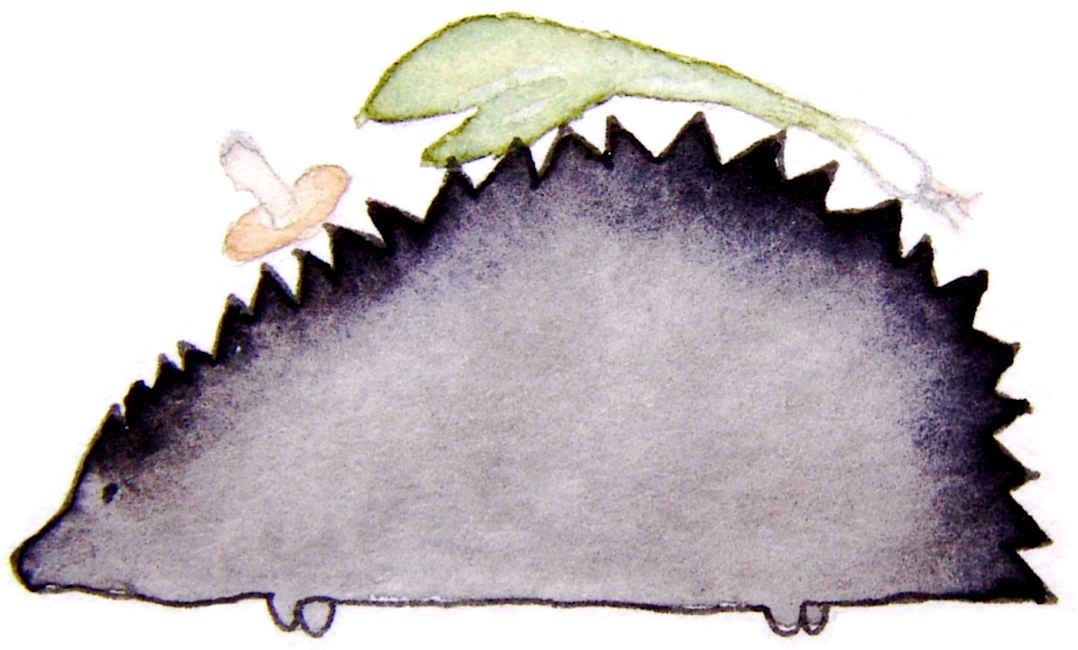Sumac (Rhus typhina) - seen all around our landscapes, sumac is tart and flavorful, great for drinks or as a seasoning.
Garlic Mustard seeds (Alliaria petiolata) - use just like mustard seeds to make mustard or as a seasoning (but, if you don't use them for some reason, boil before discarding - garlic mustard is an invasive plant, so let's enable it further).
Wild Thyme (Thymus) - use like any cultivated thyme: leaves and flowers as a fresh, savory seasoning; or dry and save for winter flavor
Milkweed Pods (Asclepias syriaca) - another wild edible from the prolific milkweed! pods can be eaten whole, or saved just for the inner core, which turns a cheesy texture when cooked.
Purslane (Portulaca oleracea)- great for salad, but can also be sauteed. Purslane is one of those super healthy greens, containing lots of Omega-3s, Vitamin E, beta carotene, VItamin C, magnesium, riboflavin, potassium, and phosphorus. Phew.
Bee Balm (Monarda)- there are two kinds of bee balm, or wild oregano, in this month's share. The petals of both blooms are spicy and a little sweet - great for sprinkling over salads or adding to cocktails. The lavender colored ones also have spicy leaves that make a good oregano substitute.
Queen Anne's Lace flowers (Daucus carota) - a peppery, carroty, un-sweet flavoring. Use in place of caraway seeds in recipes. Great for flavoring salads, soups, sauces, and breads. Not recommended for women who are trying to conceive.
Golden rod buds/flowers/leaves (Solidago) - a beautiful perennial flower, abundant in our landscape, beloved by pollinators, and vilified unfairly as an allergen (more about that here). All aerial parts of goldenrod are edible and make a nice sharp, floral, and spicy addition to savory dishes either fresh or lightly cooked. It is also a popular tea herb, used as the primary black tea substitute after the Boston Tea Party.
Elderberries (Sambucus canadensis) - are delicious and highly medicinal (great immunity booster) but must be cooked before enjoying!

